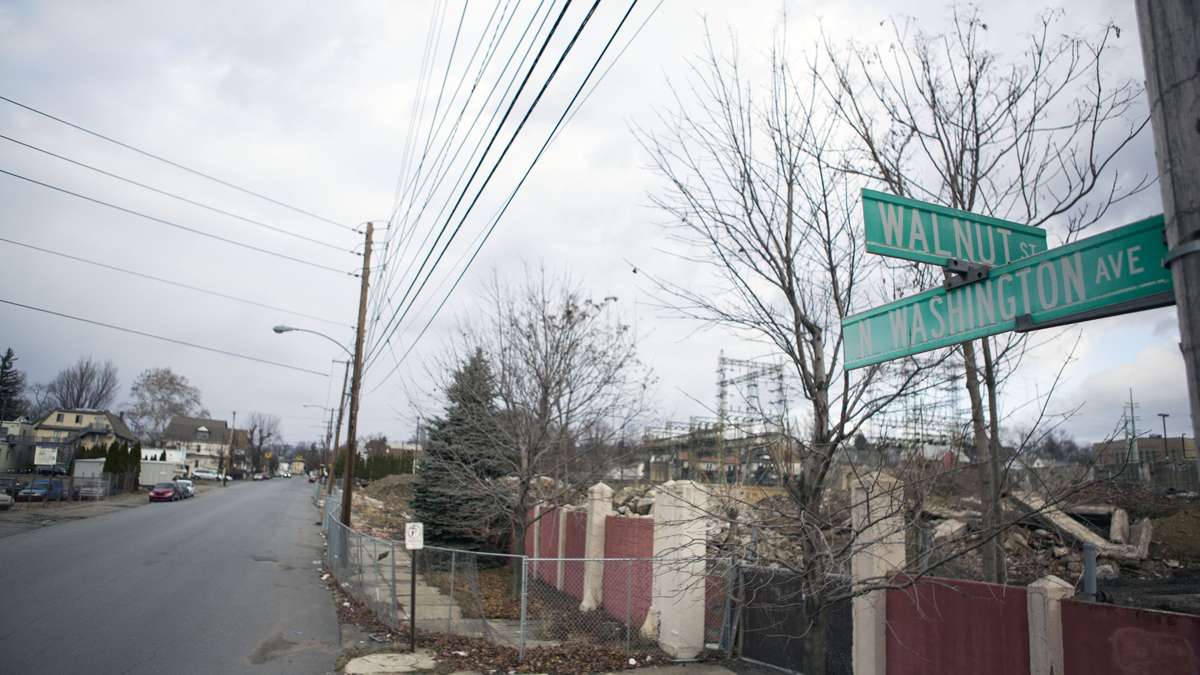Concentrated poverty grows in Pennsylvania

A street corner in Scranton
“Someone who’s poor in a poor neighborhood is much more likely to face violent crime, failing schools, poorer health outcomes, and weaker connections to jobs.”
Concentrated poverty is growing across the country, according to a report from the Brookings Institution.
Since the recession, more people live in neighborhoods where at least 20 percent of residents fall below the poverty line.
The percentage of poor people living in such neighborhoods has also grown. In the Scranton-Wilkes-Barre-Hazleton area, about 15 percent more poor people live in these neighborhoods since the recession. Around Harrisburg-Carlisle, it’s nearly seven percent. In the Philadelphia region, it’s about three percent.
Living in a poor neighborhood makes things harder for someone whose income falls below the poverty line, says Brookings fellow Elizabeth Kneebone.
“Someone who’s poor in a poor neighborhood is much more likely to face violent crime, failing schools, poorer health outcomes, and weaker connections to jobs — a whole array of additional challenges that can make it that much harder to work their way out of poverty over time,” she said.
Nationally, concentrated poverty has grown faster in suburbs than in cities, Kneebone adds.
That’s a problem, because many suburbs don’t have the resources, like public transit and social safety net programs, to help poor residents, she says. “So many of the places that are now seeing some of the fastest growth in concentrated disadvantages are the least equipped to really deal with these challenges,” Kneebone said.
Zoning and affordable housing policies can make concentrated poverty better — or worse, Kneebones says. Cities and suburbs should look at concentrated poverty as a shared problem and make policy decisions on a regional scale, she says.
WHYY is your source for fact-based, in-depth journalism and information. As a nonprofit organization, we rely on financial support from readers like you. Please give today.


